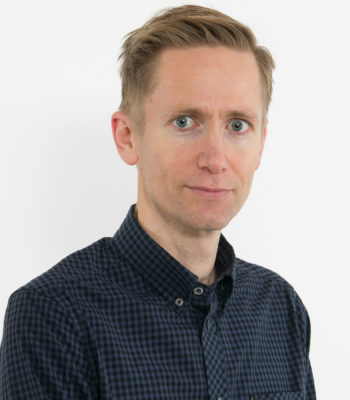Location (work package 7)
The question of where – a key question also in Biosmart
The Bioeconomy is based on extraction of spatially localized resources. How these best can be exploited is a relevant and timely question. In the future, an optimal use of biological resources is likely to become even more important. In this context, we need to know where the resources can be found, and how to use them as efficiently as possible. This applies not only during the production process, but through the entire value chain, from harvest to end user, sorting and recirculation. It is about sustainable use and re-use.
The aim of this work-package is to develop methods that can be used to investigate where Norway should aim to develop future bioeconomy industry clusters. The project is to contribute models and maps showing the biological resource base linked to markets and input parameters such as knowledge. NIBIO has focus on the location and quality of the biological resources, while SINTEF contributes key knowledge on model development. This collaboration thus implies that when NIBIO has mapped potential locations, SINTEF can model and calculate details and profitability. Together, this provides important puzzle pieces in a process where the aim is to analyse real and realistic options for an optimal use of our biological resources.
When all required data input is compiled, we hope to be able to visualize where different relevant resources are located, whether it be forest areas, production of grain crops or fish products, etc. – as well as the locations of people with specific knowhow. Combining different map layers displaying different resources we can establish where there are specific resource constellations. Founded on these analyses, we will be able to assess where economy, resource base, as well as the knowhow and acceptance in the local community are linked. In sum, it is about locating resources, in the widest sense, and make suggestions on how they can be linked, to establish new, efficient bioeconomy value chains. We hope this output can contribute to a solid knowledge base for decisionmakers, helping them in making the best choices for society.
Objective: The aim of this WP is to identify possible and best areas for development of bioeconomic clusters by exploring access to resources and product flow between potential industries in a cluster. The results from this WP can be used as decision support by industry and government. Based on information from work packages 2 and 6 we will use a two-step approach to answer the following questions:
- Where are the best locations for bioeconomic clusters
- How should this be assessed
- What are the necessary tradeoffs and how can they be mapped and described
- Are there any general major obstacles
- What are the conditions that would aid in developing a “smart” bioeconomy
- What are the spatial implications of different developments
Method: First a GIS-MCDA (Geographical Information Systems combined with Multicriteria Decision Analysis) will be used to identify candidate locations for the most promising bioeconomic clusters. As input data to this analysis, we will collect relevant spatial datasets of resources. We will then combine these thematic map layers and perform weighted overlay analyses. Input criteria must be operationalised in a manner that relates to bioeconomy. The result will be a suitability map of possible cluster locations.
When possible cluster locations have been found using the geographic models, optimization methods will determine which of these candidates have the best locations given certain assumptions and conditions, and what the composition of each location should be. The optimization model will be based on input data from other WPs and the geographic model. Parameters will be determined in the first round of foresight analysis (WP2a) but should include factors such as transportation distances (raw material and manufactured products), demand, and supply and production costs. Depending on the chosen perspective, different components can be assigned dissimilar weights to analyse different perspectives and give more information of consequences of decisions. Advanced optimization methods allow for simultaneously identifying the best overall suggestions for developing bioeconomic clusters, but also including detailed information for each industry at each location. Results from this WP may be used in WP2b to facilitate discussions among stakeholders on locating integrated bioeconomic development. The final models will be re-examined for the effects of variations in different parameters on optimal location (different scenarios).
Work package leader: Svein Olav Krøgli (NIBIO)
Additional participants: Vibeke Stærkebye Nørstebø (SINTEF), Gerardo A. Perez-Valdes (SINTEF), Misganu Debella-Gilo (NIBIO), Wenche E. Dramstad (NIBIO).

